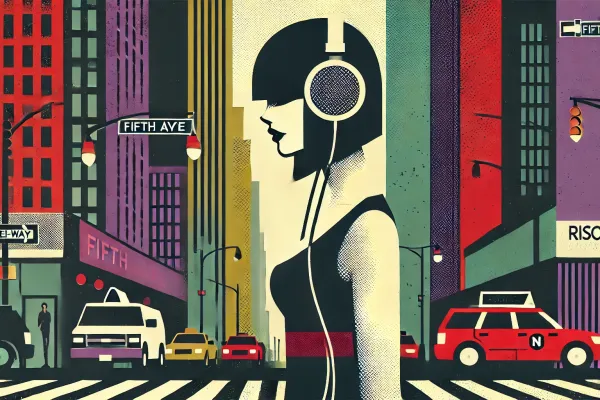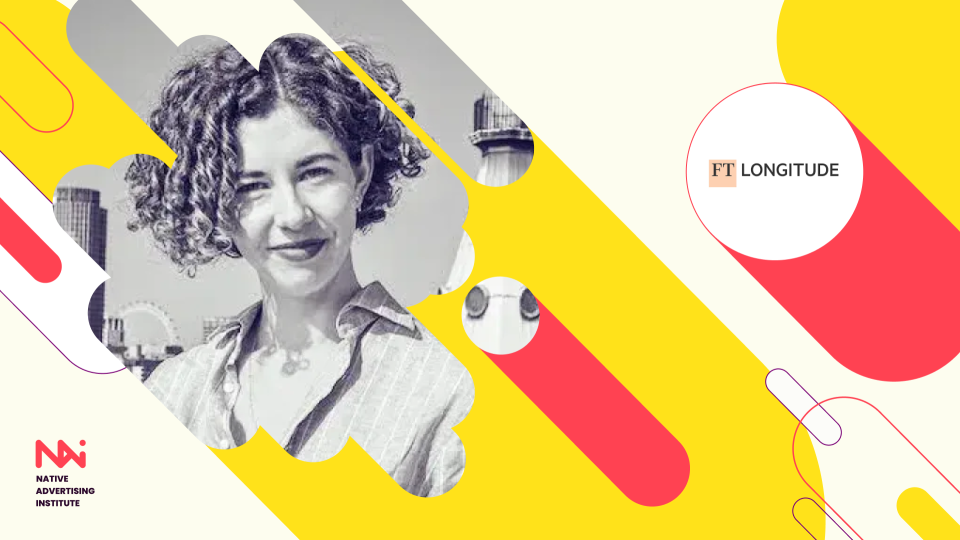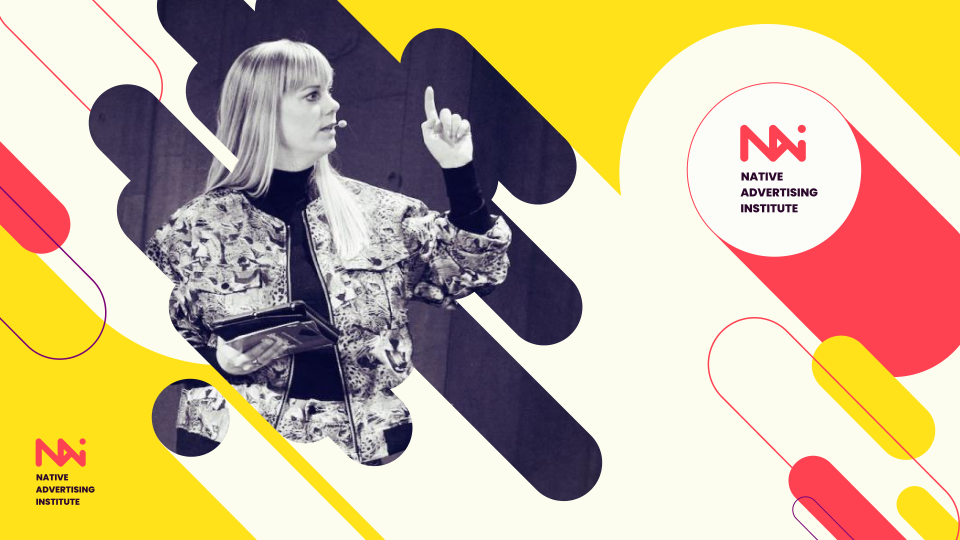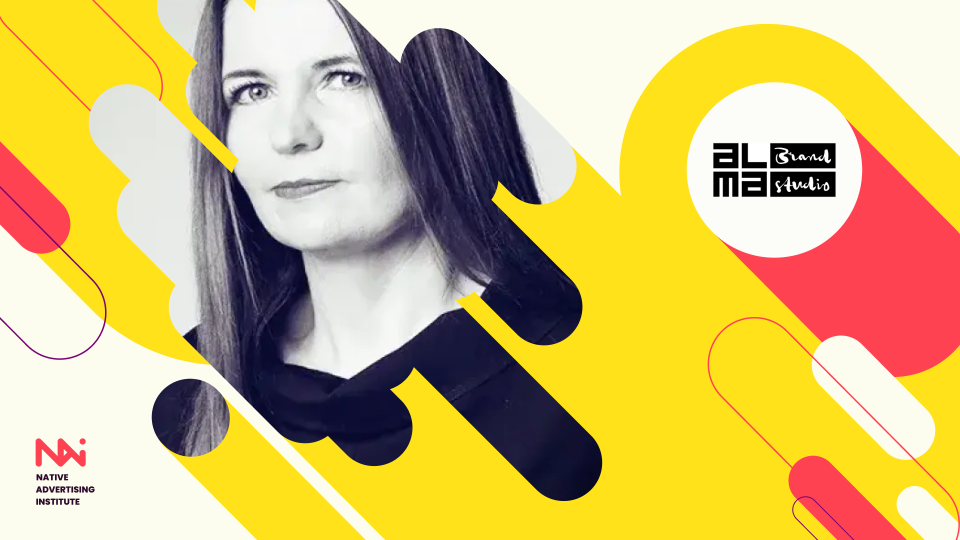
 Details
Details
Have you ever enjoyed your favorite YouTube channel, only to be hit with a really awkward product placement that completely disrupted the flow?
Or checked out your favorite influencer's page, only to be greeted by a product mention that feels more like a sales pitch than a genuine recommendation?
It’s awkward, right? It doesn’t exactly feel organic or authentic– two of the most important elements of native advertising.
The thing is, native advertising is really hard to get right! The whole promise of native advertising is to avoid interruptive ads– instead of disrupting the content someone opted to consume, brands should create content that audiences will seek out themselves. It only works if it feels genuine and organic, and doesn’t take you out of the experience of consuming the content.
And that’s where podcasts really stand out.
With their long-form nature, highly engaged audiences, and the powerful connections between listeners and hosts, podcasts are the perfect medium for native advertising. When done right, podcasts let brands seamlessly integrate their message into content, tell engaging stories, and reach highly targeted audiences to generate long-lasting influence.
Let’s get intimate
One of the things that makes podcasts so powerful for native storytelling is the unmatched intimacy that develops through the audio medium.
Podcast consumers primarily listen to podcasts on their own, with headphones. Their decision about what to consume is highly personal– they choose content they want to listen to, without worrying about appeasing someone else on the couch, and that audio is broadcast directly into their ear.
This creates a real intimacy between the listener and the podcast host– sometimes veering into parasocial relationship territory. It’s almost as if the host is speaking directly to the listener through their headphones, fostering a sense of trust and familiarity with the host that is harder to achieve through other, more distant forms of advertising.
Podcast hosts become de facto influencers, building relationships that can take much longer (and more money) to build via other channels. In fact, according to a recent study, 36% of respondents trust what a podcast host has to say about a brand or a company, compared to just 18% for radio hosts. Over six-in-ten respondents report that the hosts of the shows they’re listening to are trustworthy. Brands can use this relationship between host and listener to their advantage, generating tangible results for their business.
I choose you!
When you come across a billboard, scroll through TikTok, or turn on the radio, you’re not specifically choosing what exactly you’re consuming.
Whether the content is dictated by a program director or an algorithm, audiences are more stumbling upon the content rather than selecting it specifically.
Podcasts, on the other hand, are an opt-in medium. Listeners actively choose to push play, meaning they’re ready and willing to give their full attention to the content.
The medium lends itself to engaged listening.
This might seem counter-intuitive, because most podcast consumption happens while listeners are multitasking– commuting, exercising, or cleaning. But by keeping busy with routine tasks, listeners have increased capacity to give their attention to podcasts for a longer duration of time, allowing for the long-form nature of the medium. It’s not uncommon for a podcast to see consumption rates of 70% or more. This level of attention is unmatched by other media (in comparison, YouTube videos of 20 minutes or more see average completion rates just over 20%)!

So, not only are audiences actively choosing to consume these podcasts, but they’re also listening for long periods of time.
When a brand integrates its message into a podcast, they have a pretty solid chance of reaching a dedicated and engaged audience. Podcast listens aren’t the same as social media impressions– eyeballs on a social post isn’t the same as someone opting in to listen to a full podcast episode. On social media, we’re scrolling through short-form content, at the whim of whatever the algorithm puts in front of us. Seeing an ad in our social feed (or even an organic branded post) is a short-lived experience. Our finger is already on the phone, ready to scroll past. Just because you’ve seen it, doesn’t mean you’ve absorbed it or were really giving it attention. On the other hand, listening to a podcast requires the listener to select the show and push play themselves– no algorithm or automatic play involved. Episodes are longer, often 20+ minutes in length, meaning longer stretches of opted-in attention. So, each podcast listen is worth a lot more than just a simple view on a social media feed.
This makes podcasts the ideal format for brands looking to build a deeper relationship with their audience and dominate their valuable attention.
Tell me a story
This longform nature of podcasting, and the high consumption rates of podcast episodes, make it a perfect medium for storytelling. And don’t underestimate the value of the theatre of the mind of audio storytelling! This allows brands to reach audiences on an emotional level, building associations and deeply integrating into their target audiences’ lives.
Take, for example, the podcast Tell Me What Happened from OnStar. This podcast uses incredible sound design and high stakes stories to captivate audiences. Each episode features a tense story of a life-or-death scenario, then concludes with the story of how a Good Samaritan saved the day. There’s a strong narrative arc, an emotional story, which connects the OnStar brand to these stories of heroism, the relief felt when an emergency is averted.
Inside audio clip from Tell Me What Happened episode “Escaping the Hawaii Wildfires”
Brands can seamlessly weave their message and values into stories that provide real entertainment or educational value to listeners, building a halo-effect between these emotionally resonant or impactful stories, and the brand.
Rather than bombarding the listener with a hard-sell ad, podcasts provide the perfect space for brands to organically demonstrate their values and messaging to listeners, making them more likely to support that brand in their purchasing decisions.
What’s the frequency?
Another key advantage of podcasts is their episodic nature. People rarely listen to just one episode of a podcast (as long as they enjoy it). They subscribe and return for every new episode.
This creates built-in opportunities for multiple touchpoints with the audience over time. With each new episode, brands can connect with listeners again and again– no need for that re-targeting campaign! Listening is habitual, and each new episode solidifies your brand’s position in their daily life and routine.
Podcasts… duh!
All of those awkward product placements interrupting your favorite YouTube videos or uncomfortable sales pitches from influencers' pages happen when native advertising misses the mark, disrupting rather than enhancing the experience.
Podcasts are uniquely positioned to get it right. With their intimate, opt-in nature, and long-form storytelling potential, they allow brands to become part of the content itself—rather than an interruption to it. Listeners aren’t reluctantly tolerating brand messaging; they’re actively choosing to engage with it.
Native advertising works best when it feels genuine and organic. Podcasts are the place to achieve exactly that—no awkward interruptions, just stories your audience actually wants to hear.




